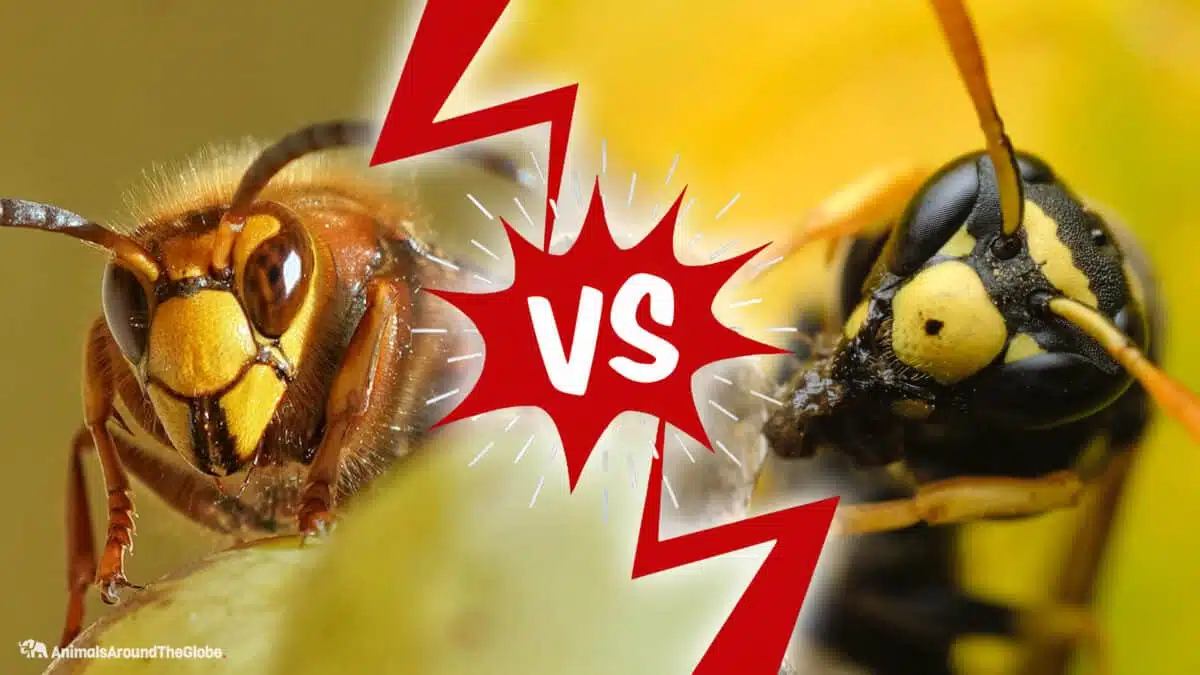Welcome to Hornet vs. Wasp.
Flying insects that can sting you anytime are no less than a nightmare. While outside having a barbeque with friends or just taking a stroll in the park, caution against inspecting is primary. The sting of these creatures is intense and makes one cry.
Before any caution is taken, educating oneself about the insect you are targeting is essential. It is effortless to know when a bee is around, but it is difficult to tell apart a wasp and a hornet.
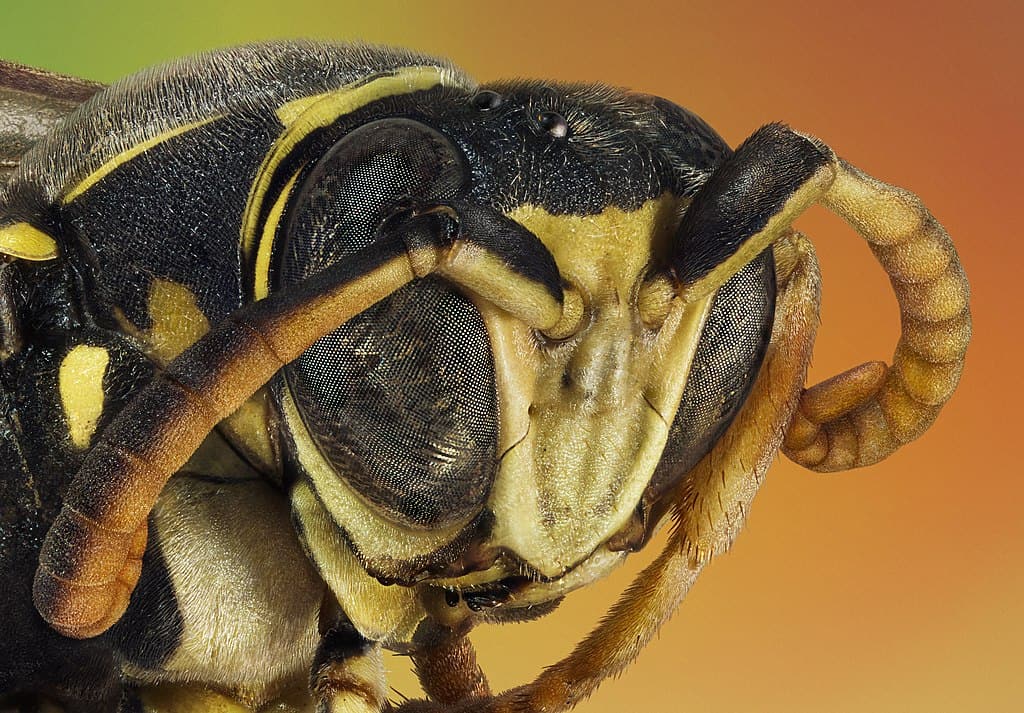
In the warmer season, the chances of you getting stung by an insect are high. No one goes out during the snowy winters. It is indeed the summer season that we want to enjoy outside where caution is necessary.
Fortunately, you’ve landed in the right place where you will get to acknowledge the difference between a hornet and a wasp and the additional measures to safeguard yourself from their sting.
Comparison: Hornet vs. Wasp
| Key Points on Hornet vs. Wasps |
| Wasp and Hornets belong to the same Vespidae family. |
| There are 1000 species of wasps, and hornets are a type of wasp. |
| Wasp and hornets both have strong stinging capabilities and do not lose their stinger once stung. |
| Wasp and hornets do not appear the same. Wasps are half an inch long, while hornets are more than an inch. |
| If stung by a wasp or a sting, one should gently clean the wounded area with soap and water and apply an ice pack. |
It is essential to educate oneself about what you might come across. Hornets and wasps are the two major flying insects that are most commonly found, and you might have come across them in your life.
Wasps
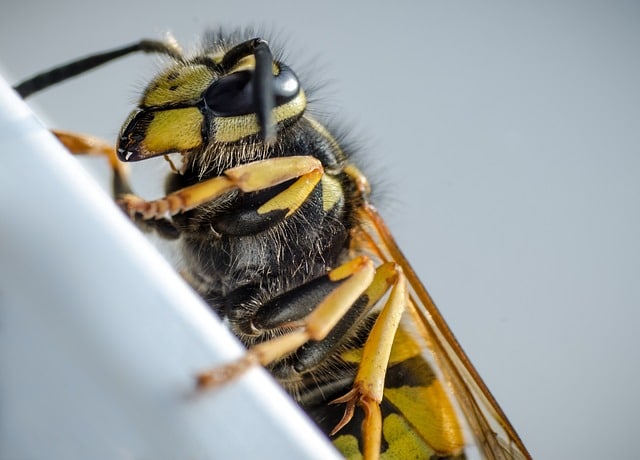
Hornets and wasps are not the same things. They might have a similar physical appearance and act a certain way, but science does not put them in the same box.
Physical Appearance
Wasps are smaller in size when compared with a hornet. If you witness two insects flying towards you, the smaller one will be a wasp, and Wasps have smaller abdomens.
The main body is black with spots of yellow and black. There isn’t a lot of hair around the body, which is narrow with a pinched waist.
Wasps can be categorized among the smallest of insects, especially when compared with bees and hornets. The size is almost an inch when they are fully grown; otherwise, it is less than half an inch.
Habitat
There are several places where a wasp is likely to make its nest. These places include gutters, bushes, eaves, voids, fences, and branches. Any moist closure or hole which has been vacant for some time will invite the wasps to live and breed in.
Nest
Wasps make two types of nests; one is above the ground level, while the other is below. The wasps that nest above the ground level have their nest inside attics, bushes, and voids found inside walls.
There are two types of wasps, the social breed nest outdoors, and the ones who like to live in solitary don’t settle in the nest; they live freely.
Moreover, the nests beneath the ground will be along the sidewalks, patios, fallen logs, or rocks.
Behavior
Wasps are more aggressive than bees and less aggressive than hornets. They have the nature to sting multiple times, changing their target location. Since there are several species of wasps, some types are more social than others. Most are social only, and few like to live in solitary.
How wasps lay eggs is different from other flying insects. They lay their eggs on parasite hosts and a practice where the body of another living organism hosts the egg.
Food Intake
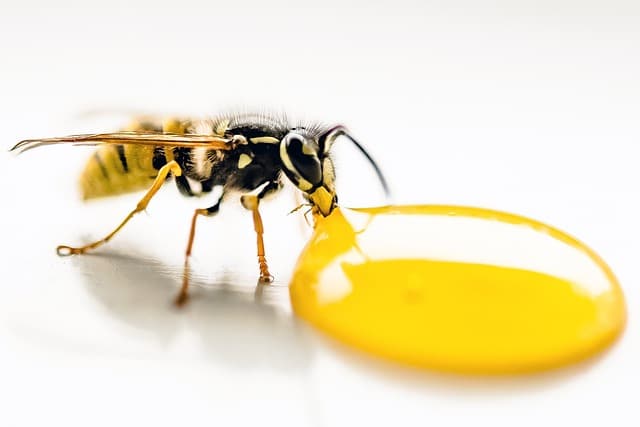
Wasps are predators who feed on other dead insects and animals. Some types of wasps stick to flowers and thrive on the nectar.
Wasps are predatory by nature, and they thrive on meat. If any piece of meat is lying on the ground, wasps will feed on it, and Wasps never come close to human skin. Most of the time, the food you’re eating attracts the wasp.
However, wasps are also found around flowers and plants.
Wasp Species
There are over 100,000 species of wasps recorded. All species have different physical appearances; the common ground is that they parasitize pest insects.
The common types of wasp species are yellow jackets and paper wasps. Additional wasp species include spider wasps, velvet ants, and digger wasps.
How Intense Is A Wasp’s Sting?
Wasps are unlike ordinary bees who will annoy you and not be dangerous. It is important not to mess with the wasp’s nest as it will alarm them, resulting in an attack. They are likely to attack more than once as they do not lose their stinger when stung once, so you have to be extra cautious.
Interesting point looking at Hornet vs. Wasp.
How To Tackle a Wasp Attack?
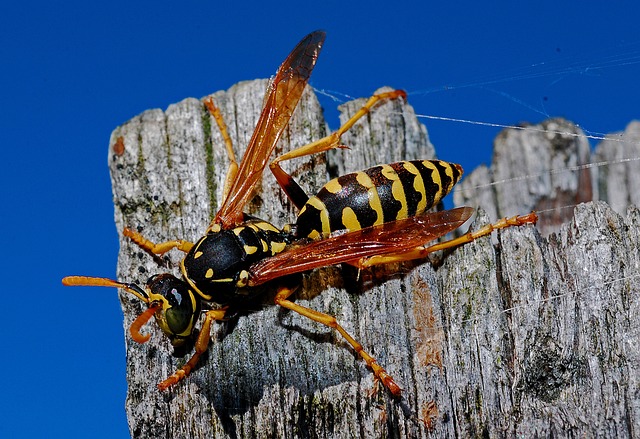
If you trip over a nest or have accidentally encountered a herd of wasps, do not rush. If you run and aggressively try to get the wasps away from you, they will sense panic, and that is not the ideal signal for you to give.
All you need to do is gently nudge the wasp away. Leave the food item that initially attracted the wasp on the floor and walks away. The sting hurts severely, so saving your hotdog should not be on your mind.
Learn more about how to get rid of wasps.
Hornets
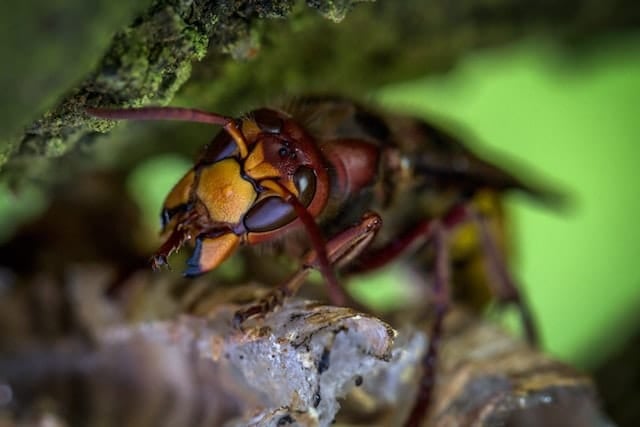
Hornets are the subspecies of wasps. They have similar features to wasps, as they belong to the Vespidae family. However, there are several ways in which they are different.
Physical Appearance
Hornets are relatively big and thick in size and weight compared to a wasp and are reddish-brown with yellow spots. The other type, the bald-faced hornet, is full black with white lines all over the body.
Habitat
Since there are two major types of hornets, the habits are also of two kinds. European hornets are most likely to nest among barns and voids found in trees. At the same time, bald-faced hornet’s nest in the most visible areas, like shrubs, tree branches, etc.
Nest
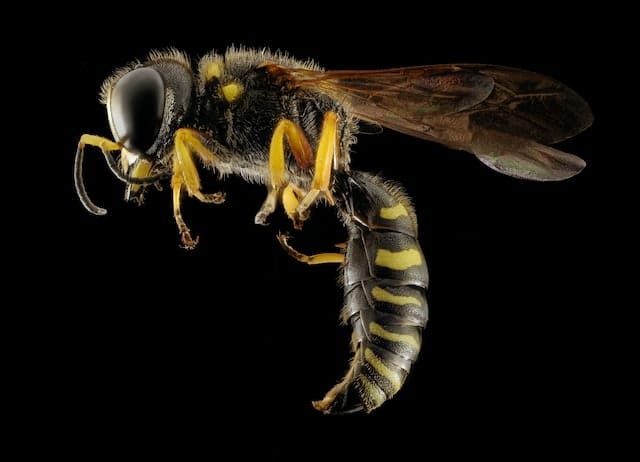
Telling apart a hornet nest from a wasp nest is essential as it will help you know how to tackle what in case of an unfortunate encounter. A hornet’s nest will look the shape of an egg due to its roundness. European hornets build their nests in hidden damp areas such as an attic. It is bald-shape hornets that are inclined towards trees or large bushes where they make their nest.
Behavior
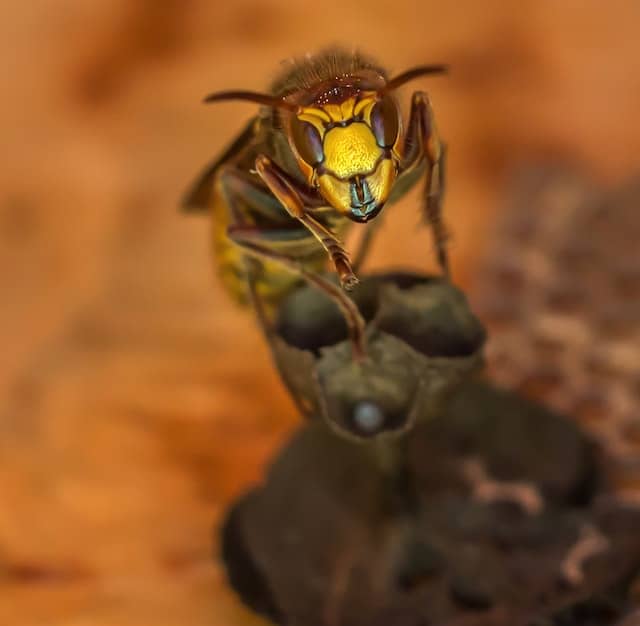
Hornets are more aggressive than bees and wasps and are volatile bees that sting more than once. The sting can be fatal in several cases, especially for people with acute health conditions.
Hornets are social insects who aim to fly around and do not intend to stay inside their nest for very long. Hornets lay eggs in their nest and safeguard them.
Hornet Species
There are many types of hornet species. The two most common types are the brown hornet and the bald-faced hornet. Most scientists characterize any giant insect over the size of an inch as a hornet.
Hornet species include the Japanese hornet, the Asian giant hornet, and the European hornet.
How intense is a hornet’s sting?
Never take a hornet’s sting lightly. People with sensitive skin allergic to pollen must take caution when leaving the house, as a hornet’s sting will cause severe pain.
Since a hornet can sting you more than once, its venom may harm your body. The area where it stung is likely to get redness and swelling.
How to tackle a hornet’s attack?
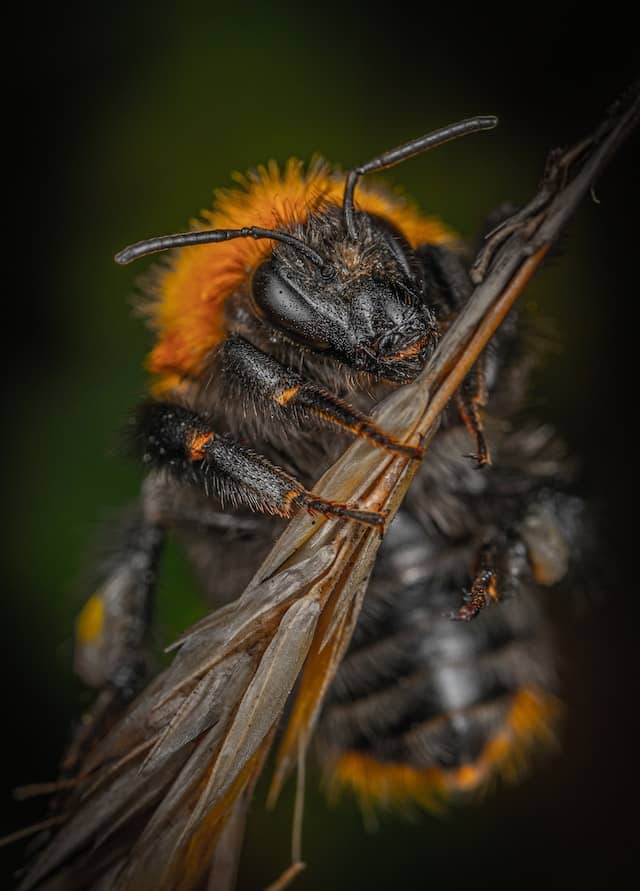
Hornets are vital insects that are more in height and weight when compared to a wasp. If you see a hornet coming toward you, you will feel a heavy “bzz” sound around you that should be your indication to walk away.
Common Ways to Treat a Sting
Most wasps or hornets may not harm you unless their nest is not tampered with. Plus, if you outside have a hotdog or anything, a wasp may fly around in need of the meat.
Before we learn how to treat a wasp sting, it is essential to note that it can be painful and should not be ignored. Doctors usually recommend people monitor the affected area closely. Suppose the affected area is irritating you or simply not reducing in size. In that case, it is the right time for you to visit the doctor. Something you need to know when comparing Hornet vs. Wasp.
Want to compare to another another sting? Wasps and hornets sting multiple times and inject their venom, which can be fatal if not treated.
If attacked by a wasp, you will notice the affected area getting red and swelling. There will be visible irritation, and a bump will be formed too.
Before we visit the doctor, it is vital to treat the affected area so that no time is spared for the venom to spread. Here are some powerful, trusted remedies you can do at home without wasting time.
Clean the Affected Area
Washing the area is the first thing that comes to our mind, and it’s what the doctors say too. Get a soft cloth and press on the affected area with soap and warm water.
Ensure the water is not too hot and the soap is mild. Dab on the affected area and let it dry. Washing the affected area will remove any additional venom left by the insect.
Moreover, cleaning will wash out any bacteria around the wound so that no additional damage is done. The soap you use should be antiseptic and not harsh, as your skin will be already too sensitive to suffer further pain.
Medication for Inflammation
There are many certified anti-inflammatory medications available in our medical kit. Apply a thin layer of the cream on your wound. This will counter the swelling and control the redness.
Combat Itchiness
Apply antihistamine; this will ensure the itchiness, a severe side effect of the sting, is controlled. The itching will not be limited to the affected area. Still, it can occur in different parts of your body where the venom has spread.
Do not scratch the area where itches, as it will cause an unwanted infection. Apply anti-itching creams, which are calamine cream, corticosteroids, antihistamines, or the one subscribed to you by your doctor.
Apply Ice Pack
There will be visible swelling around the affected area. To treat any node, the foremost thing on your mind should be to apply a pack of chilled ice. Wrapping a cloth with ice can be done, too, if you need a readily available ice pack.
Apply the ice pack for around an hour in intervals. Keep checking the wound at regular intervals. If the redness and swelling settle, continue to do it for 30 minutes.
Should you visit a doctor right away?
Most of the remedies listed above can treat the affected area. The majority of the time, the sting can be controlled at home. Itching, swelling, and redness are the three common reactions witnessed, and all of them can be held at home.
However, if the pain does not lessen over time, you should visit a doctor immediately. If the irritation is not controlled, you should not wait any longer, especially if your skin is sensitive.
The venom should not be given time to spread and avoid further infection, and a doctor should be visited immediately. People who have witnessed the sting go worse have experienced the following pains, throat ache, chest pains, coughing, and tickling in their throat.
Revisit the doctor after a supervised time. The doctor will ensure no traces of venom are left in your skin or blood.
Frequently Asked Questions on Hornet vs. Wasp
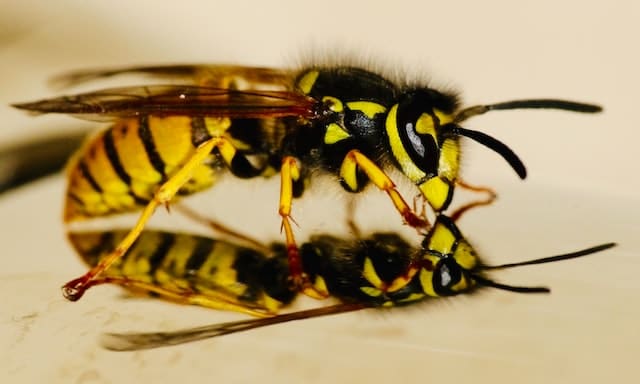
- Does a wasp sting worse than a hornet?
Since hornets are heavier and taller than wasps, their sting is also more painful. The chemicals in hornet venom are more potent and lethal than other insects. The stings of hornets do not leave their bodies once they attack, which is why they can sting on the same region of your skin more than once.
- Is it okay to pop the wasp sting?
Popping the wasp sting is not recommended. Doing so can further damage your skin and cause the venom and bacteria to spread to different parts of your body.
- Will a wasp sting me if I don’t bother it?
No, it will not attack you if you don’t bother the wasp. Yes, wasps are social insects and aggressive in their colony, and they will attack you only if you disturb them.
Do not go close to their nest. Keep a distance of around 3m from the nest so that the wasp does not have to defend its colony.
- Can a wasp remember you?
It is often said that bees can remember you for over a week. However, this is not the case with wasps. Wasps do not have an identic memory, so you will not be remembered.
- Can a hornet chase you?
A hornet is likely to chase you off as far as 100 feet. They are fast, aggressive insects who will come after you if you stand close to their nest. Remember to walk past their nest. If you stand there for a while, the wasp may suspect your presence and will likely come after you.
- Should you kill a wasp?
Killing a wasp right away may cause unrest among the other wasps. It is ideal for swaying the wasp away gently and walking away. Do not run or fight with the wasp, as it will attract the rest of its colony.
In a nutshell: Hornet vs. Wasp
Wasps and hornets fall under the same family umbrella. Both have similar stinging abilities, and the remedies to cure their sting are also alike. However, the physical appearance of a wasp and a hornet are not the same.
Wasps are smaller in size with less hair on them, and at the same time, the hornets are relatively giant in size and weight. Moreover, there is also a color difference which will help you tell a wasp apart from a hornet.
The additional similarity is the fact that both can sting you twice. They do not lose their stinger, so multiple attacks are also possible. Remember to walk away gently from where you see a wasp or a hornet. Trying not to fight the flying insect aggressively will do you no harm, as it is a small and vicious creature.
We hope you liked Hornet vs. Wasp. Also, have a look at Elephant vs. Hippo.
- Animals and Wildlife in Colorado - April 24, 2024
- Best Places to see Sloths - April 24, 2024
- Where to See Alligators in the Wild - April 24, 2024

